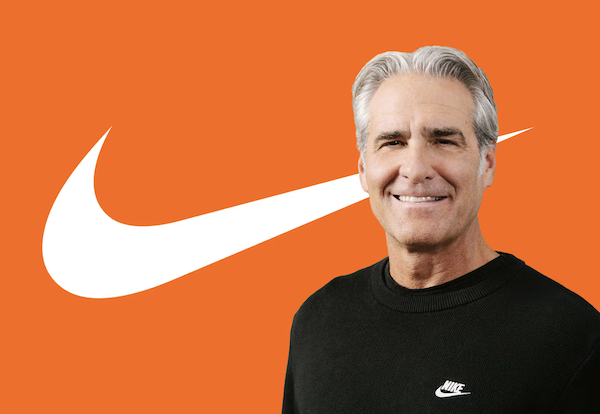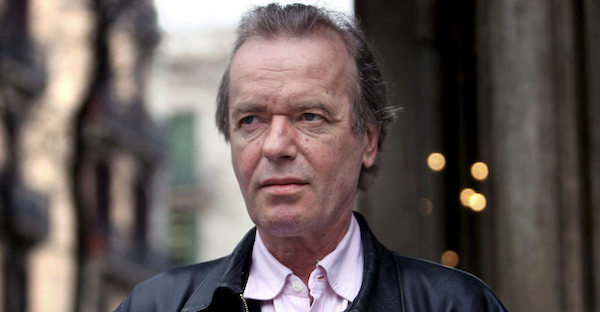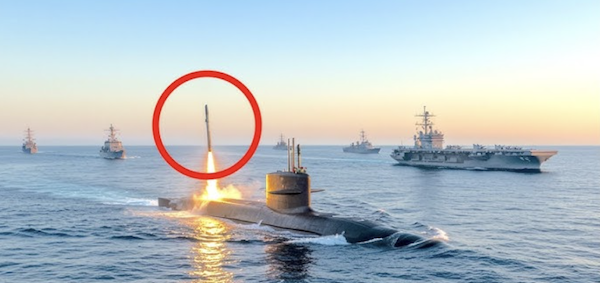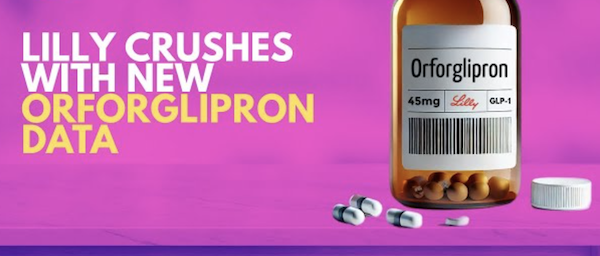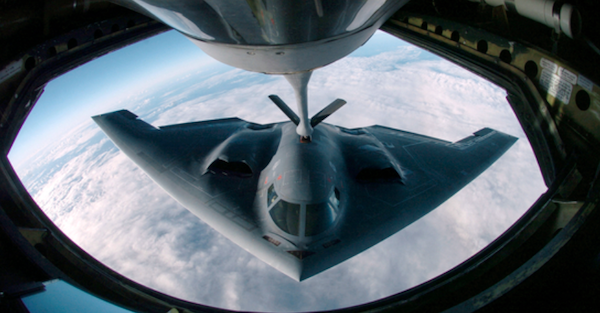
I just read about something called the "sapient paradox". Basically, it asks why prehistoric humans waited for millennia before starting civilisation.
Scientists know that early people were genetically and intellectually equivalent to modern humans. They already had the brainpower required for history's major societal and technological advancements from as early as 60 000 years ago.
As our ancestors began migrating out of Africa, instead of settling down, building cities and doing useful work, they just wandered around for 50 000 years, surviving as hunter-gatherers. This went on for thousands of generations.
From about 10 000 years ago things finally got moving, including the agricultural, scientific, industrial, and digital revolutions that define modern life. Along with religion, democracy, money and the nation-state system.
Now we have global stock market investing, smartphones, streaming media, intercontinental air travel, AI and self-driving cars. More good things are still to come.
In my view, this stuff is all cumulative. Humans were just taking a while to work out how to behave and how to best organise ourselves. We are definitely not fully evolved.
To paraphrase (and repurpose) something once said by Winston Churchill, humans can always be trusted to do the right thing, once all other possibilities have been exhausted.


